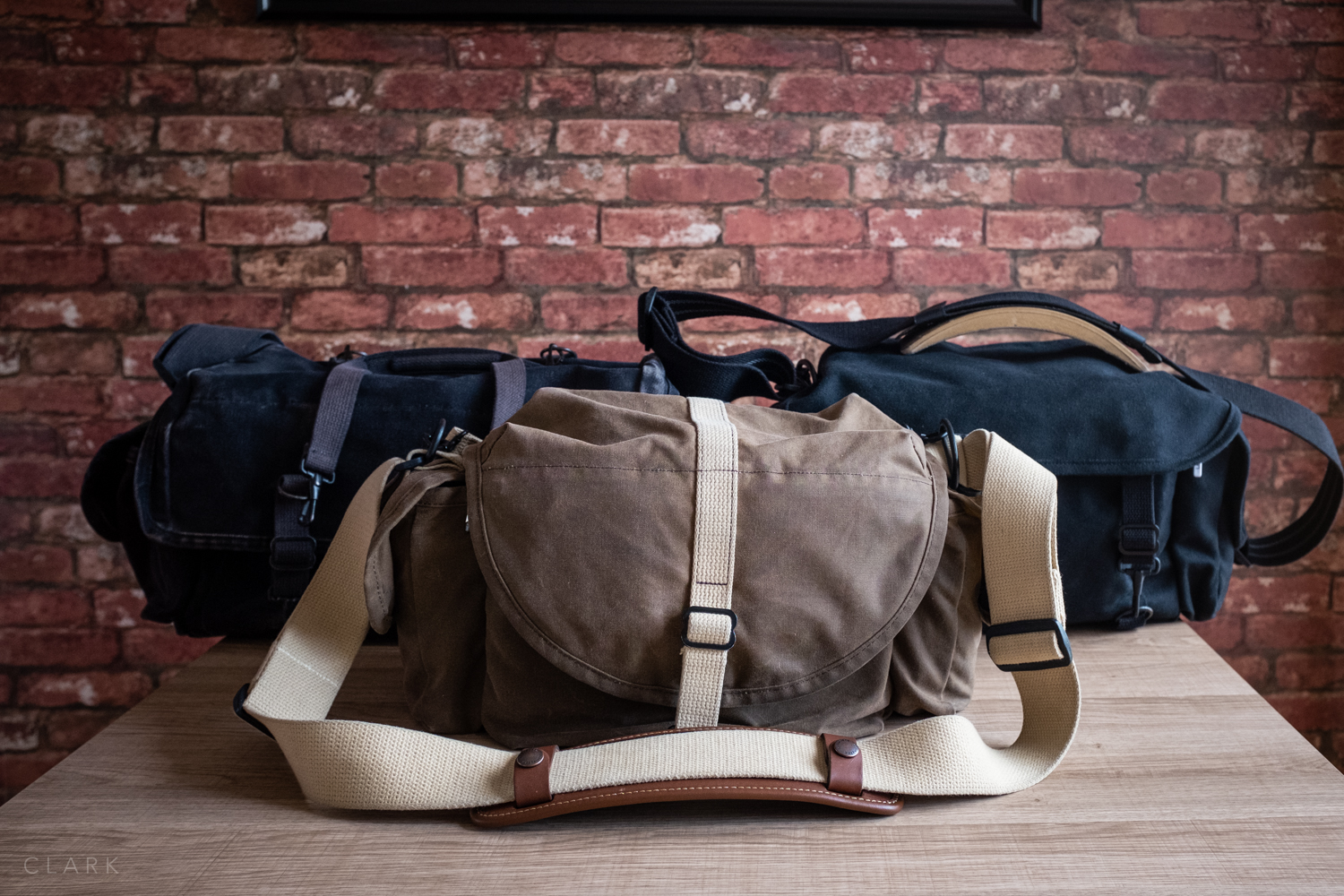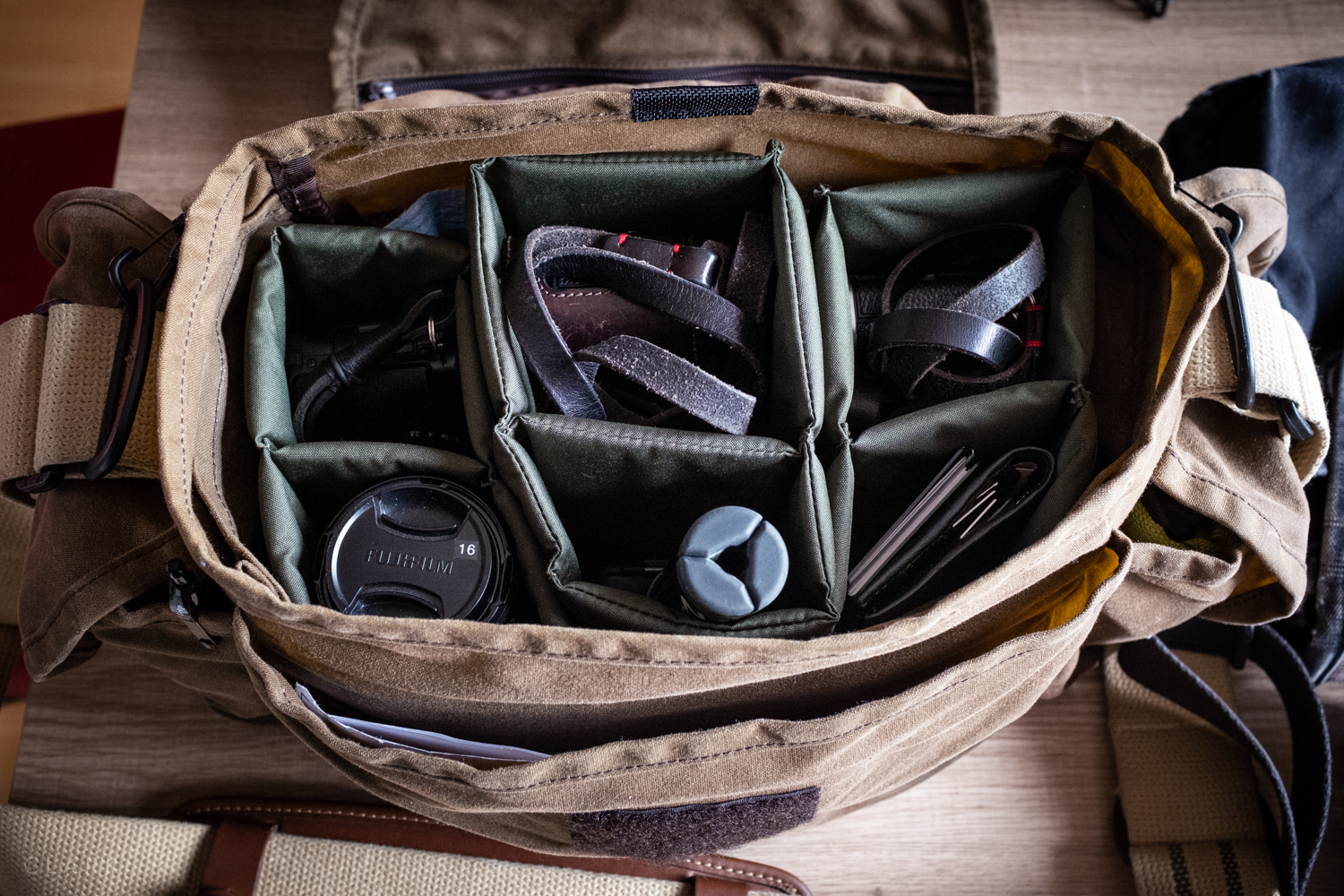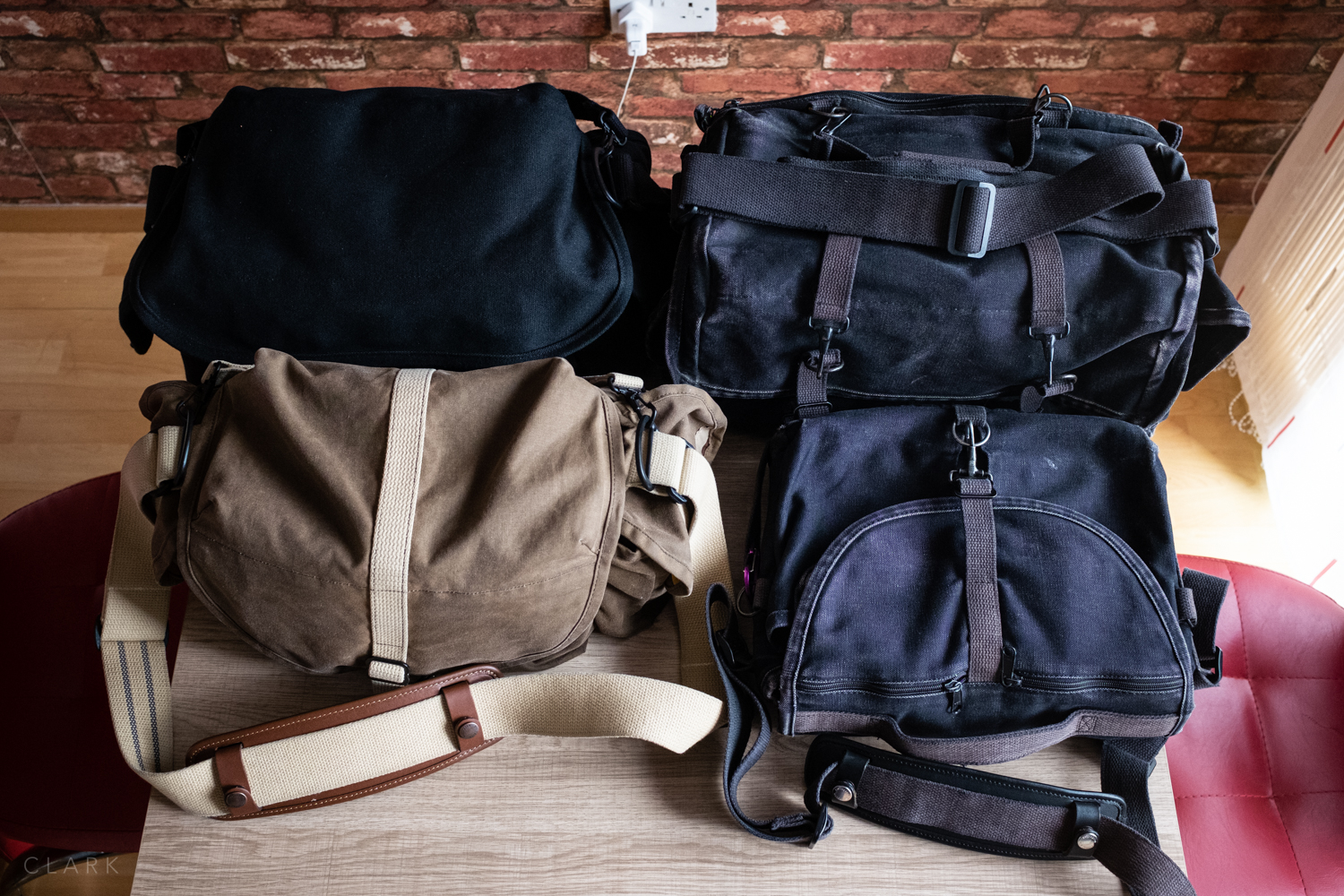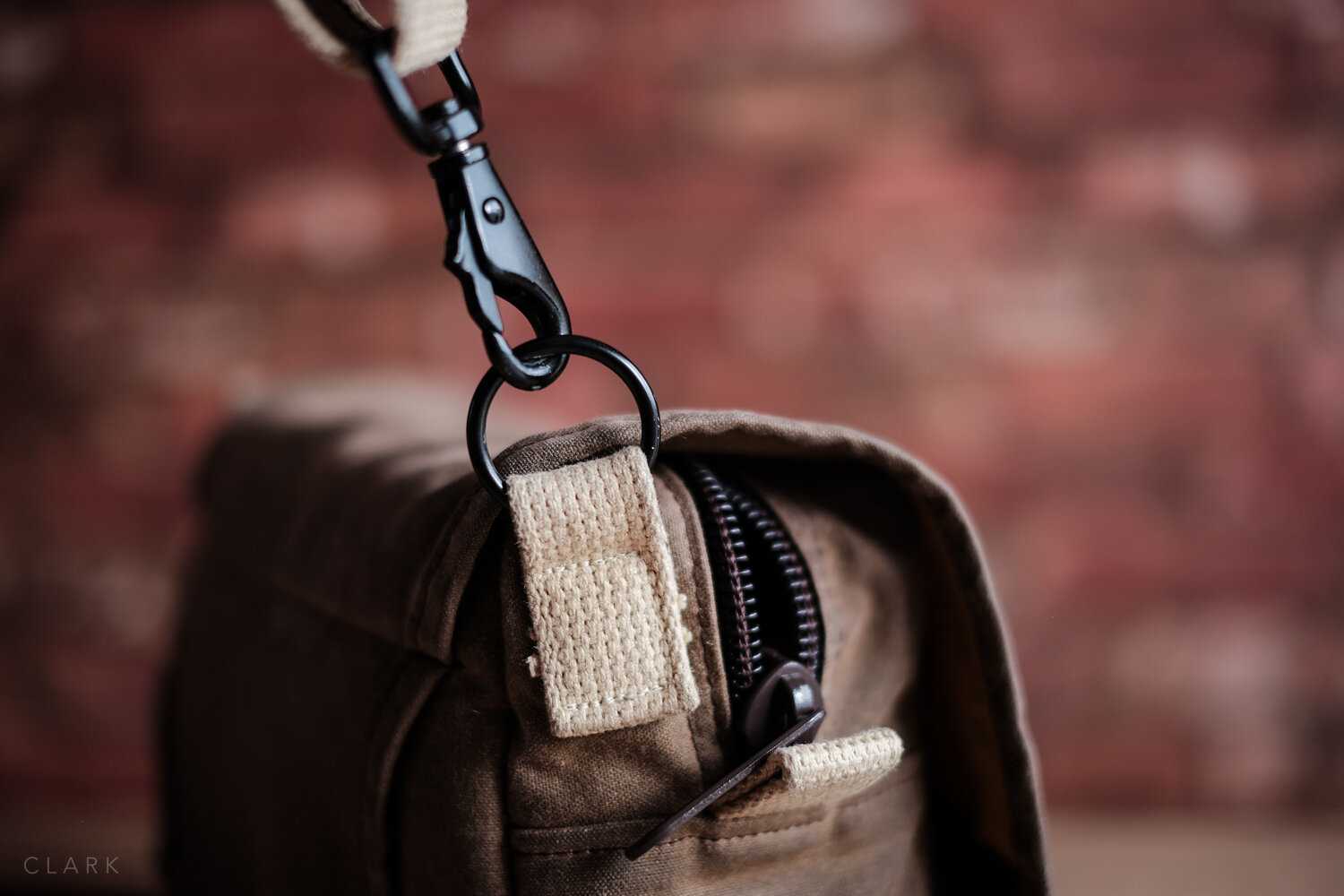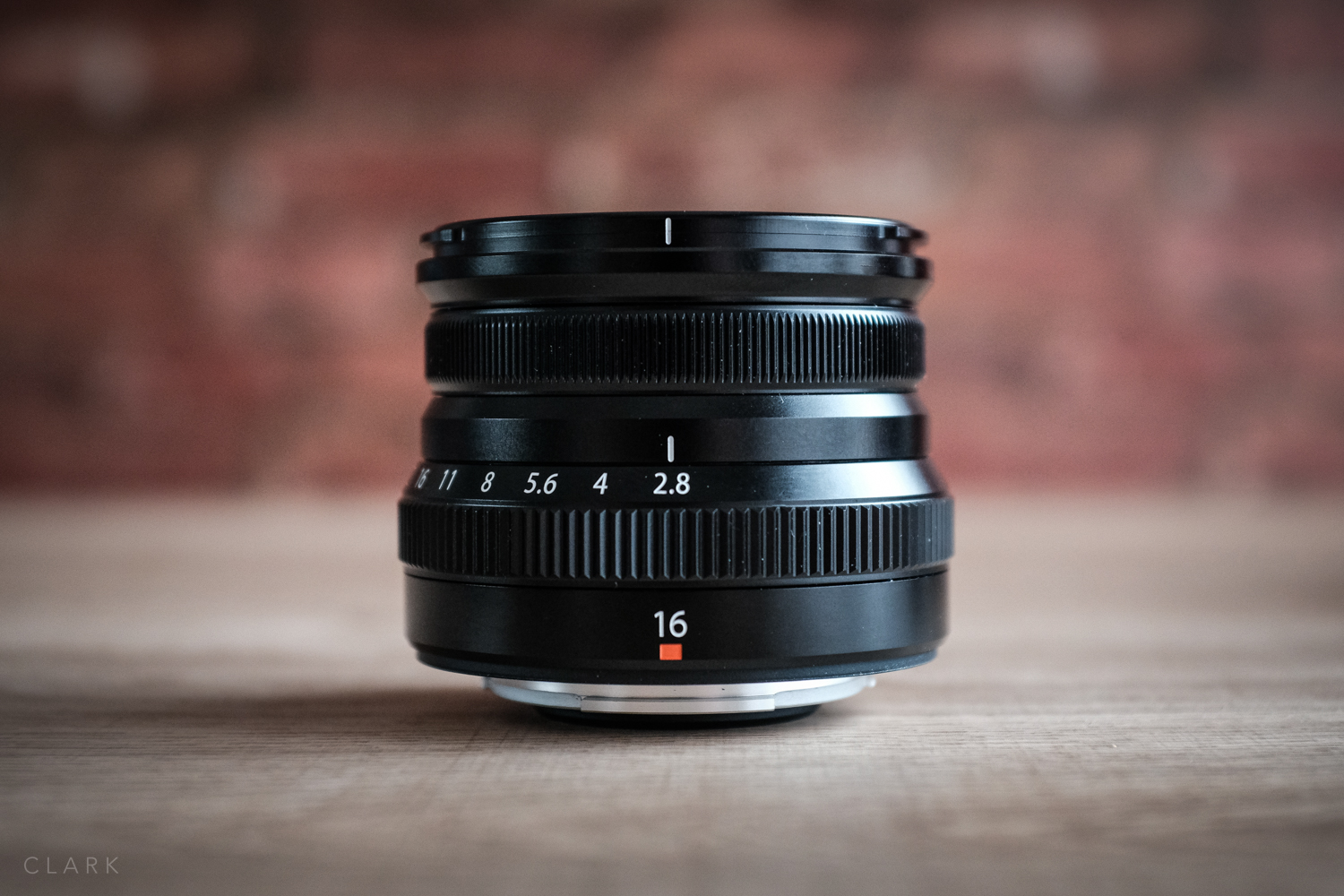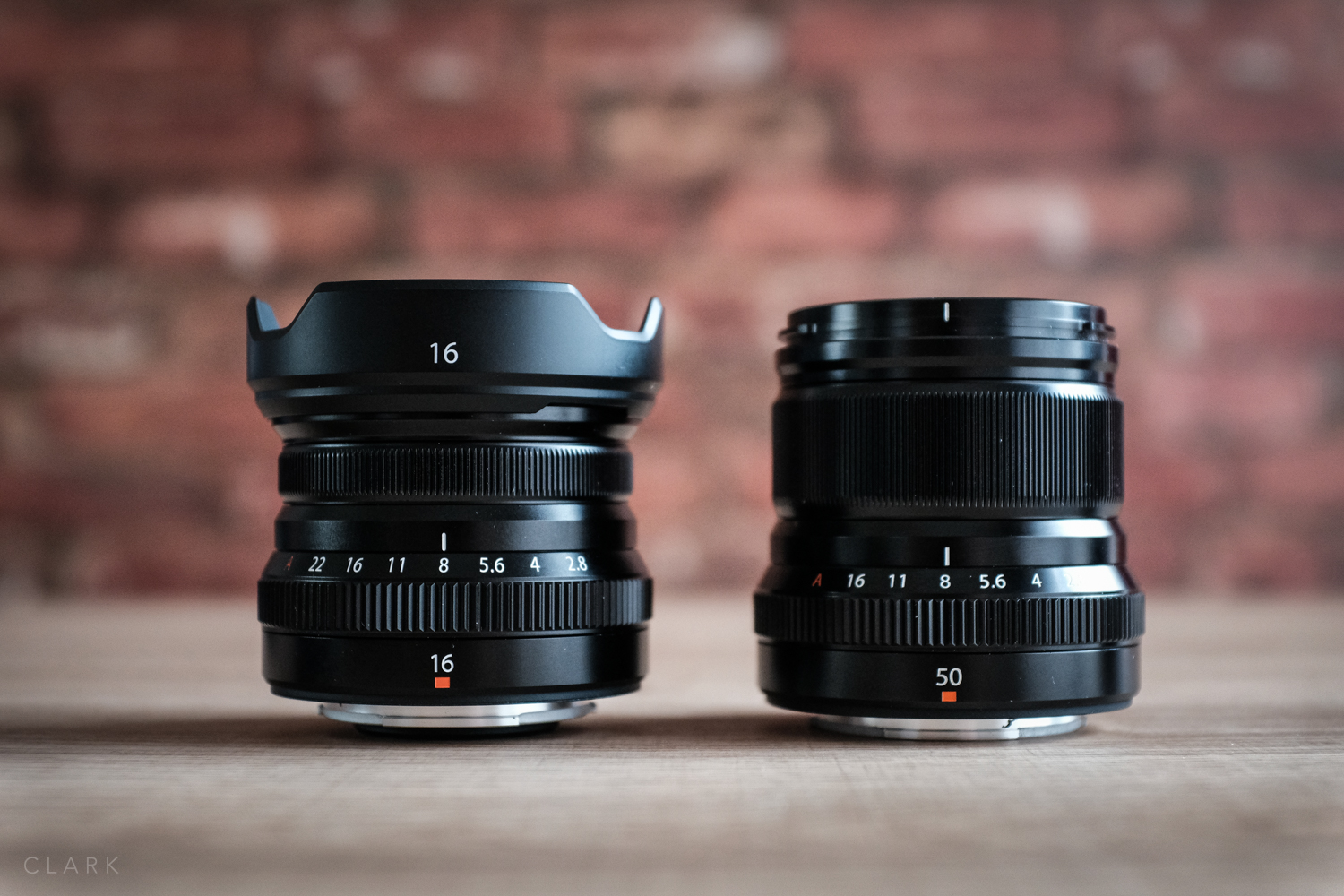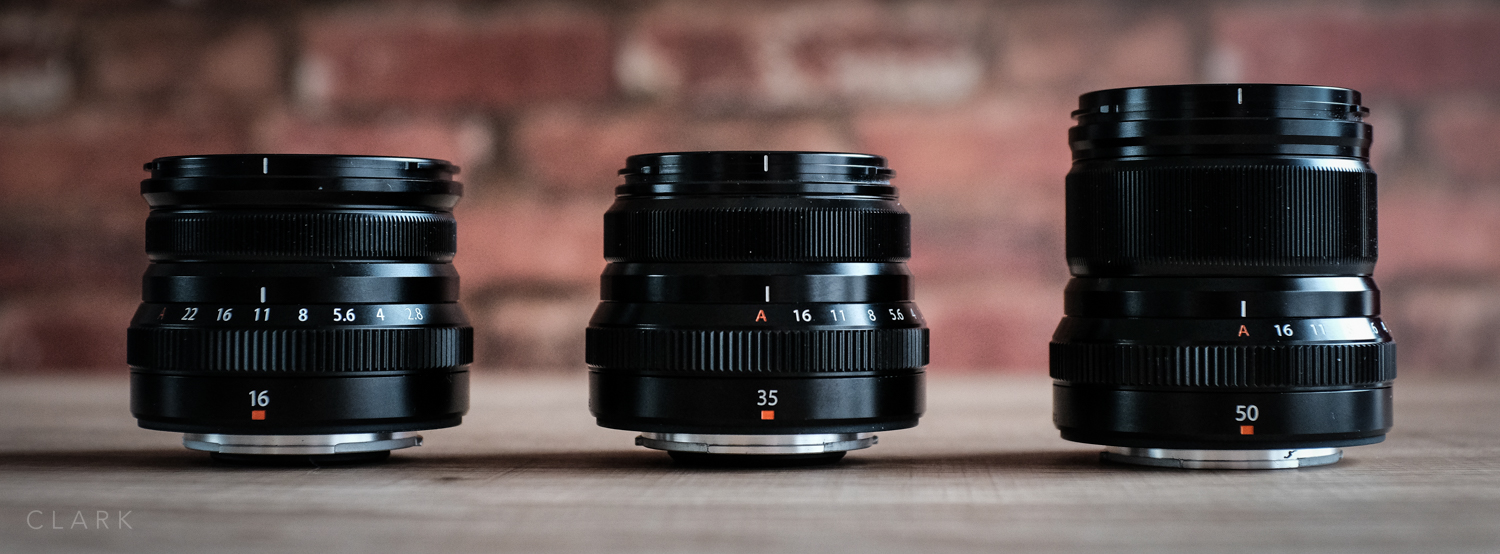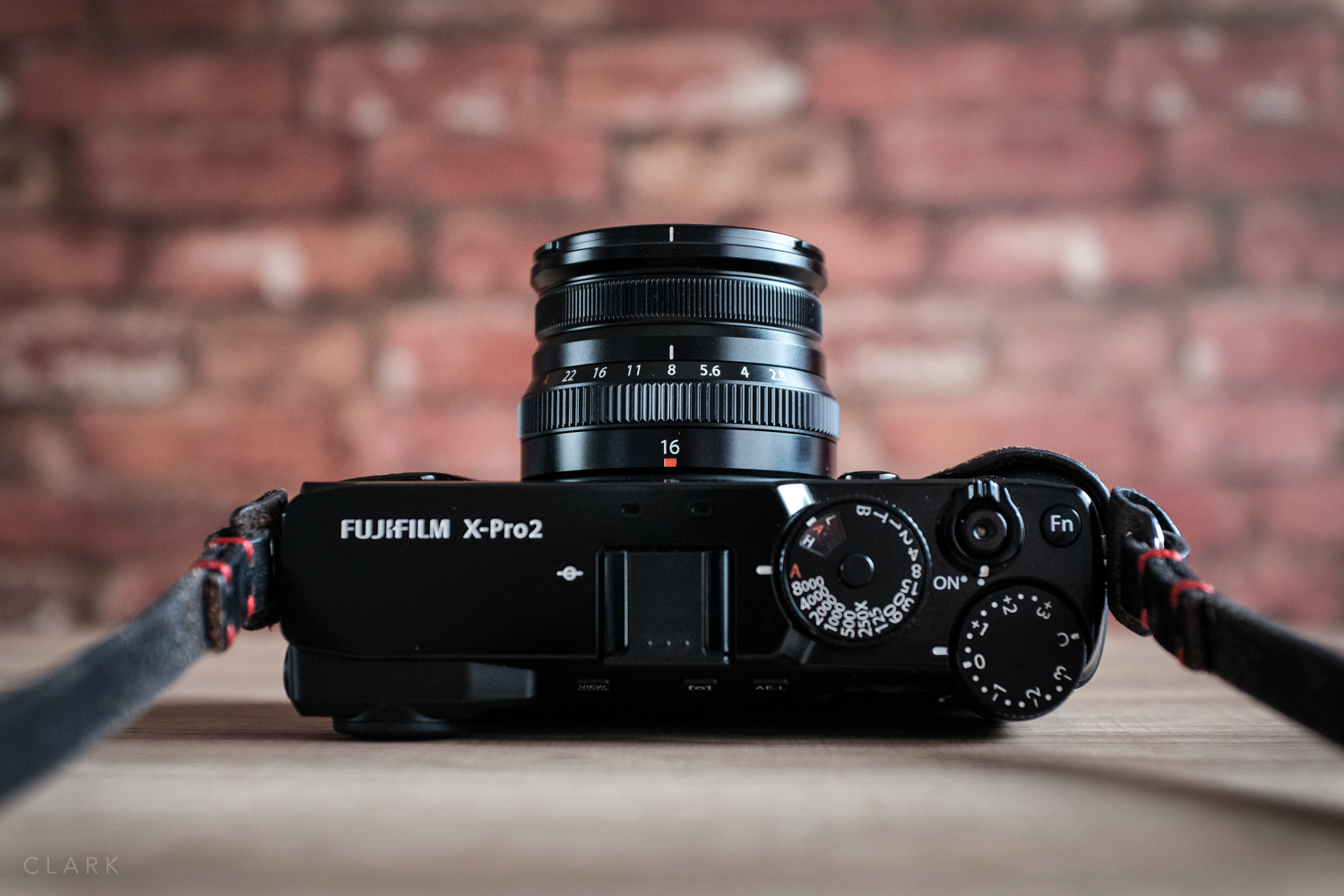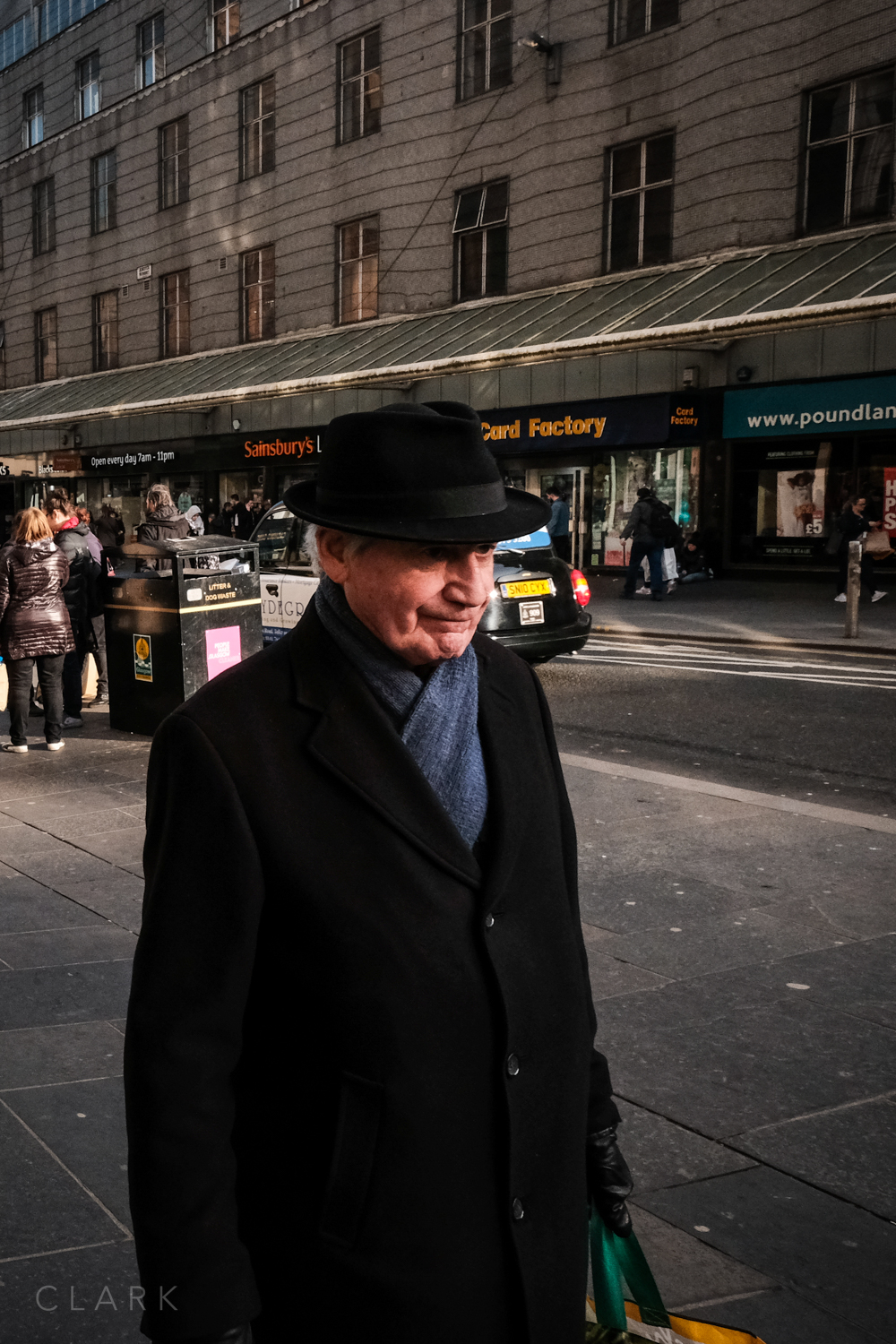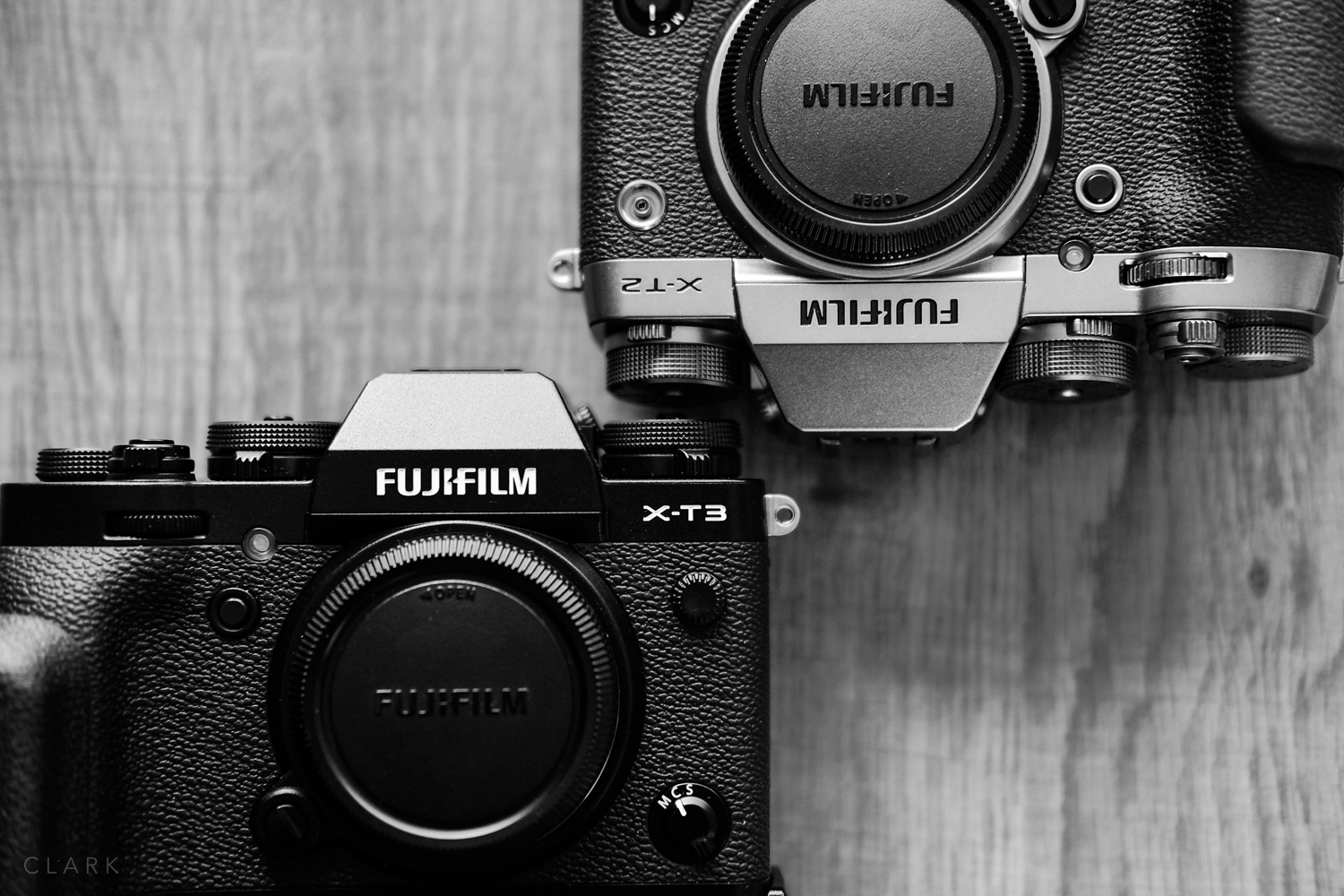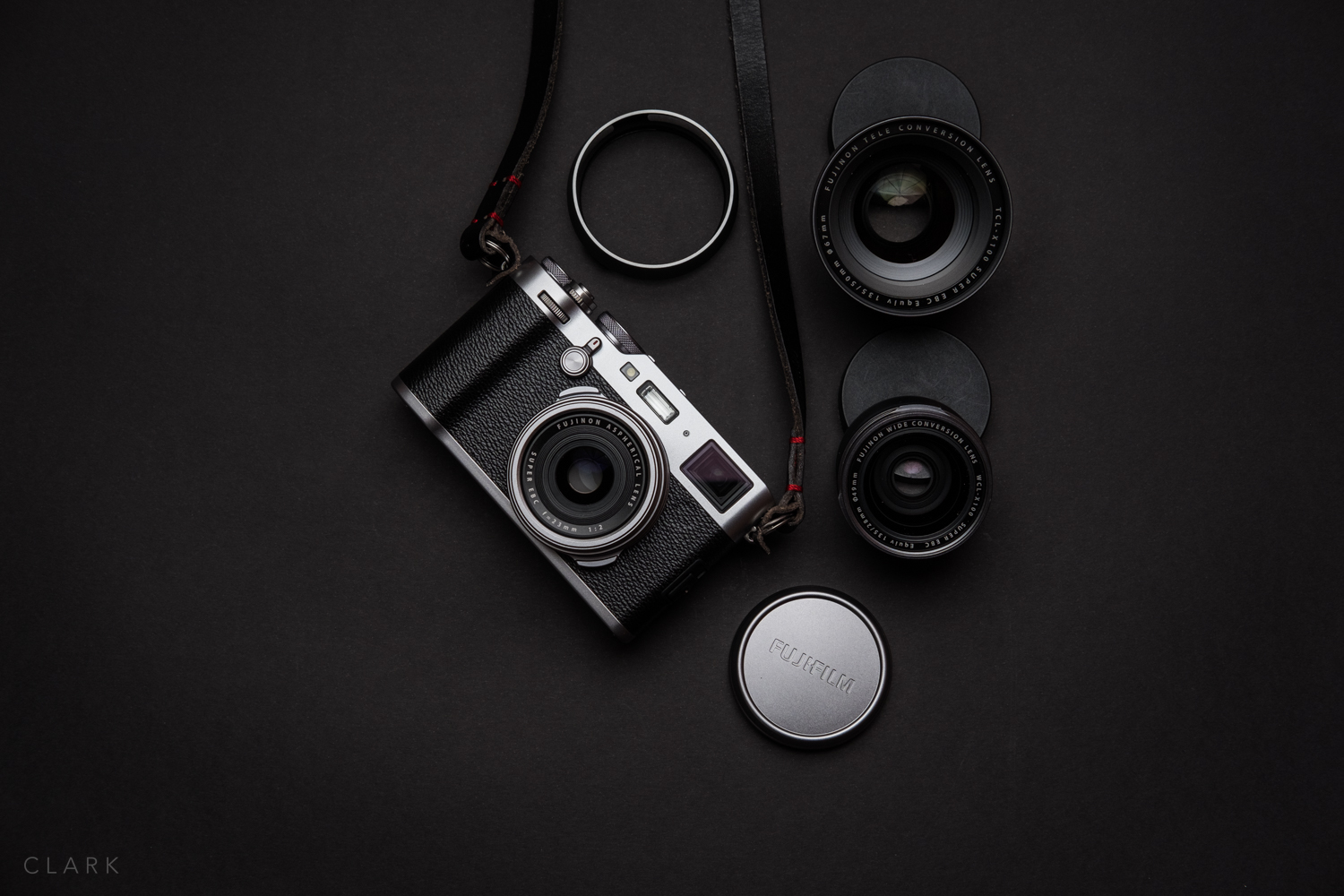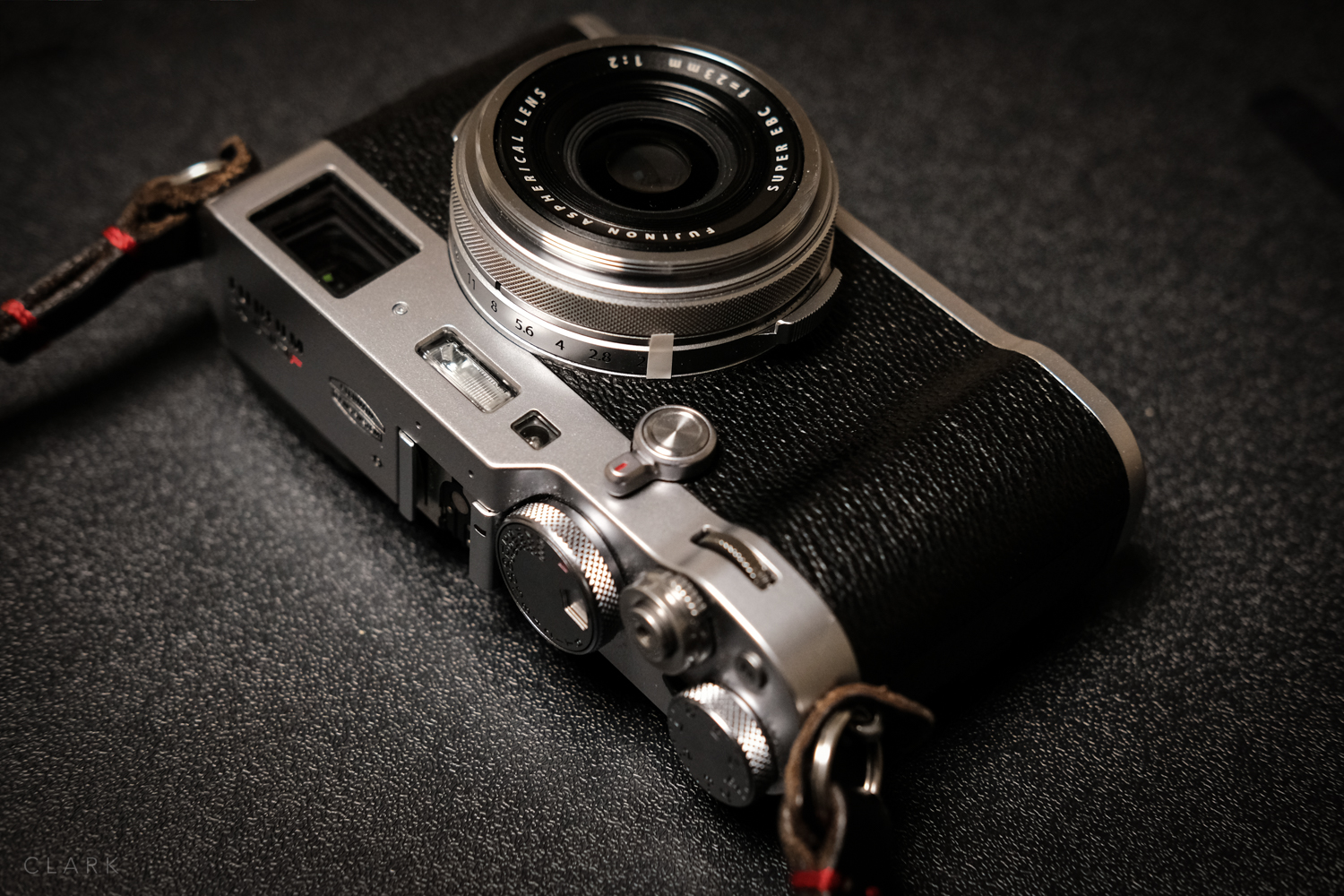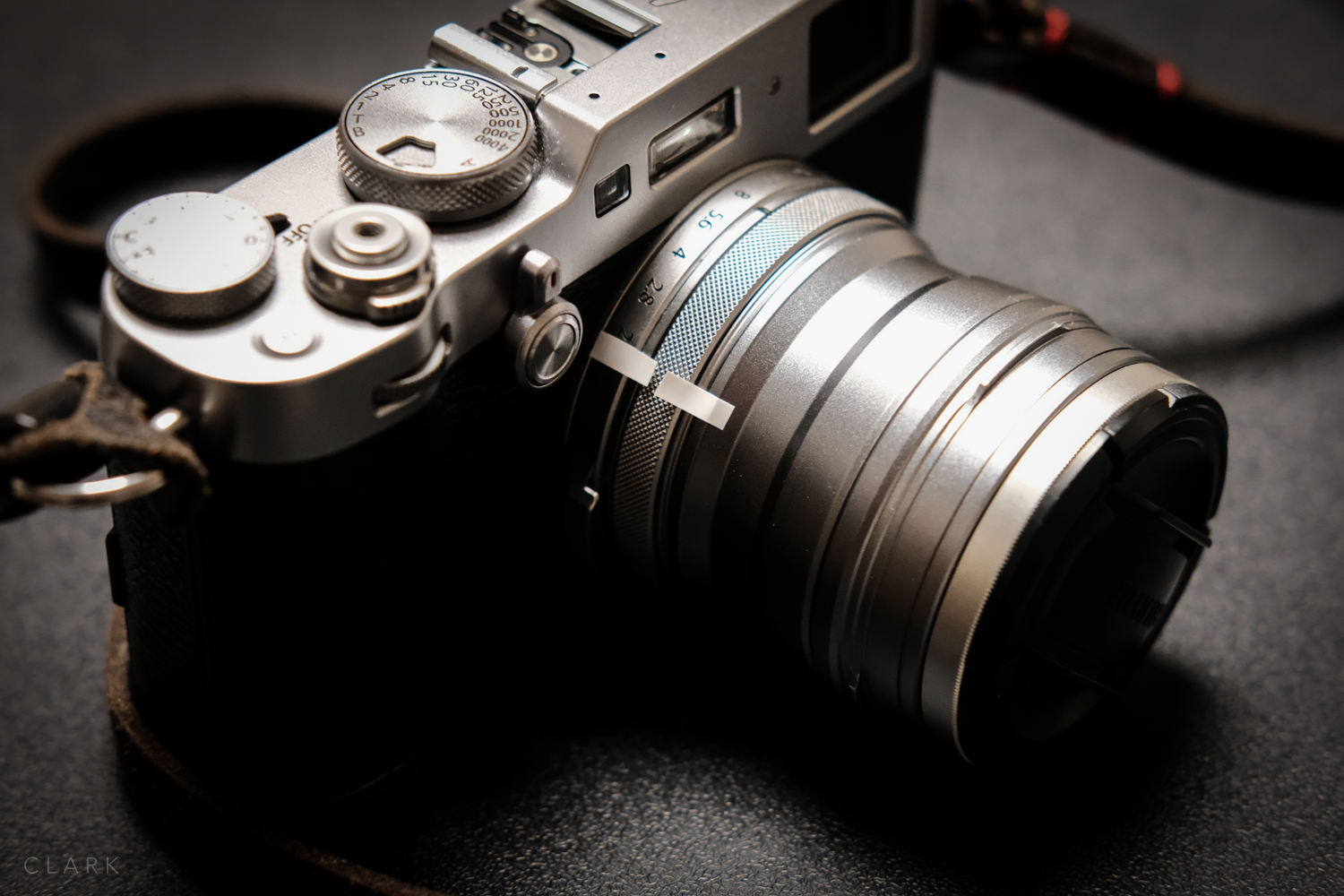Mock up of how I would love to see a new Fujinon 18mm f2 with true manual focus instead of by wire
There are probably three popular choices when it comes to street photography lenses. There’s the 50mm, 35mm, and the 28mm (in full-frame terms). In a crop factor of 1.5 like the Fujifilm X-Series cameras have, that would be 35mm, 23mm, and 18mm. We already have 2 versions of the XF 35mm and 2 versions of the XF 23mm (more if you include the XC series). But the original 18mm f2 sits on its own and compared to the newer Fujicron lenses (as they have been nicknamed), like the 16mm, 23mm, 35mm, and 50mm, the 18/2 is getting long in the tooth.
The original Fujifilm 18/2 (left) and the Leica 28/2 Summicron (right). Leica do make beautiful glass
The Fujifilm X70 is still the best Fujifilm option for 28mm field of view for street photography at the moment, IMO.
HOPES AND DREAMS AS A STREET PHOTOGRAPHER
There are rumours that Fujifilm are working on two MkII versions of older lenses and I would think it would be two of the original lenses released along side the X-Pro1 in 2012. Those lenses were the 18/2 the 35/1.4 and the 60mm f2.4 Macro. My best guess would be that one of the new MkII lenses will be the 18'/s.
So as a street photographer, what I feel is lacking in the X-Series lenses is a proper street lens like the Leica 28mm f2 (above) and the Voightlander equivalent. So here is what I would love in a new 18/2 lens from Fujifilm.
Old school manual focus (not by wire) that has hard stops at either end of the focus range.
A depth of field scale printed on the lens that accurately matches that of the camera.
A similar size and shape to the 16/2.8.
A focus tab on the focus ring.
Feet and metres marked on the focus ring in bright, but different colours.
A small detachable metal lens hood.
I know what you are thinking - just buy a damn Leica 28mm Summicron. But A. I shoot Fuji cameras. and B. I couldn’t afford a Summicron (or any Leica gear).
Fujifilm make some of the most popular cameras for street photography. The X100V and the X70 are amazing and have fixed lenses. I highly recommend both. But the X-Pro series are fantastic cameras for street, especially having hybrid viewfinders. It’s frustrating as a street shooter that my chosen brand of camera has nothing to offer in a proper 28mm focal length that is up to the job of not only being able to autofocus but to be excellent at manual focusing.
ZONE FOCUSING
Street shooters like me often Zone Focus when out on the streets. But we also need the ability to quickly go from our prefered distance to either our close focus distance or infinity, especially on days where the light is low and we can’t shoot at f11 or even f8. A focus tab is ideal for this as it allows you to gauge focus ring distances without looking at the lens.
Who knows what Fujifilm will do if they actually make a new version of the 18/2, but I really hope they will think about what a 28mm (FF) focal length lens is mostly used for. Imagine if they also made a new 23/2 like this too! I’m sure they could win over many Leica and Ricoh street shooters with two reasonably priced Fujicron’s.with the best manual focus performance in the range!





